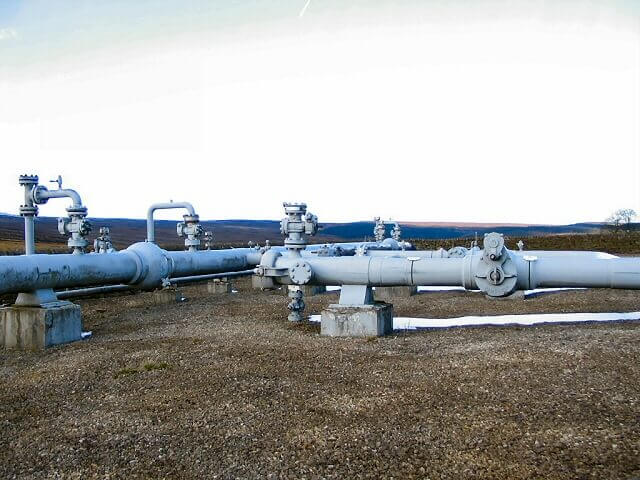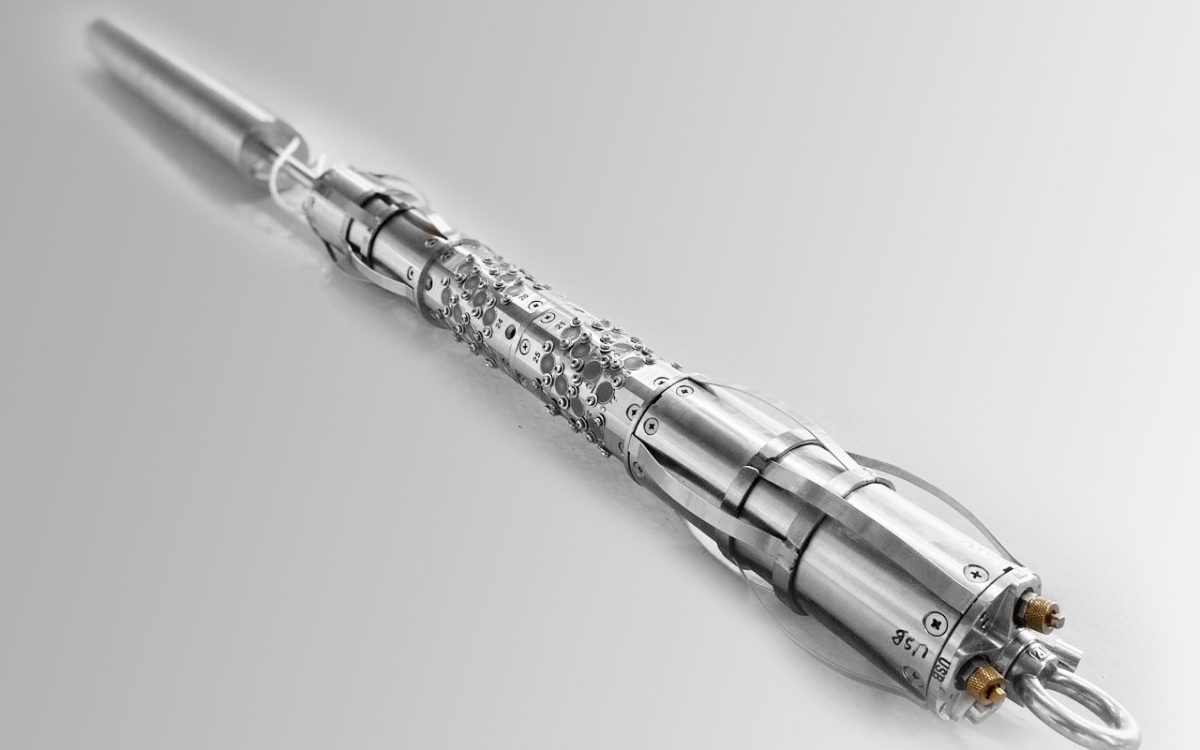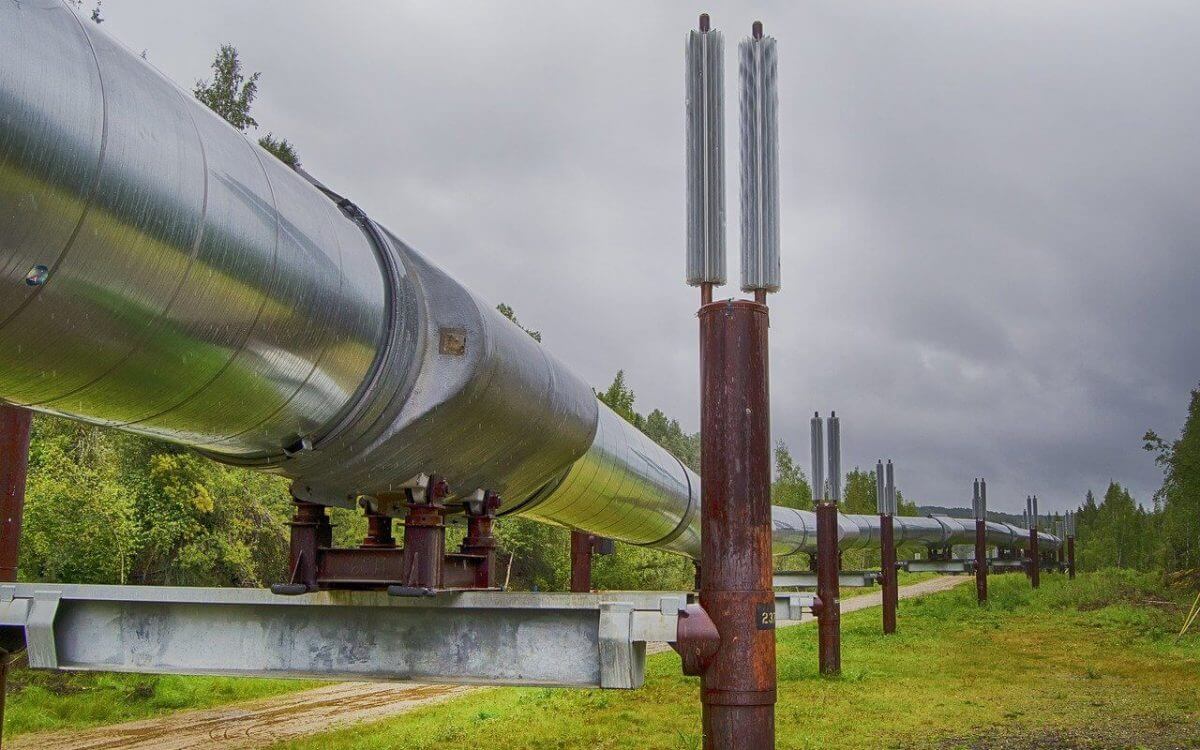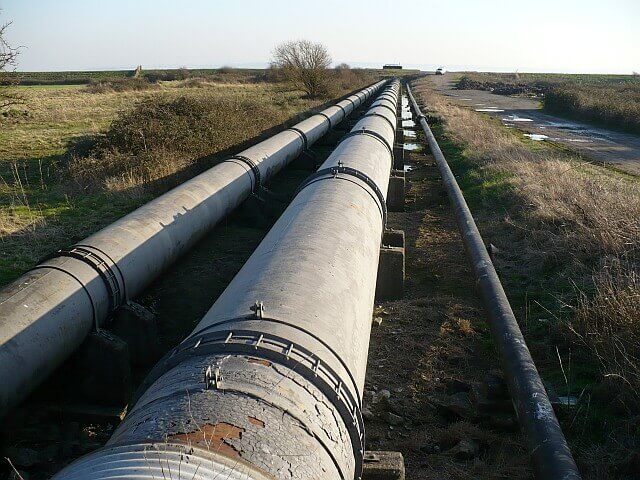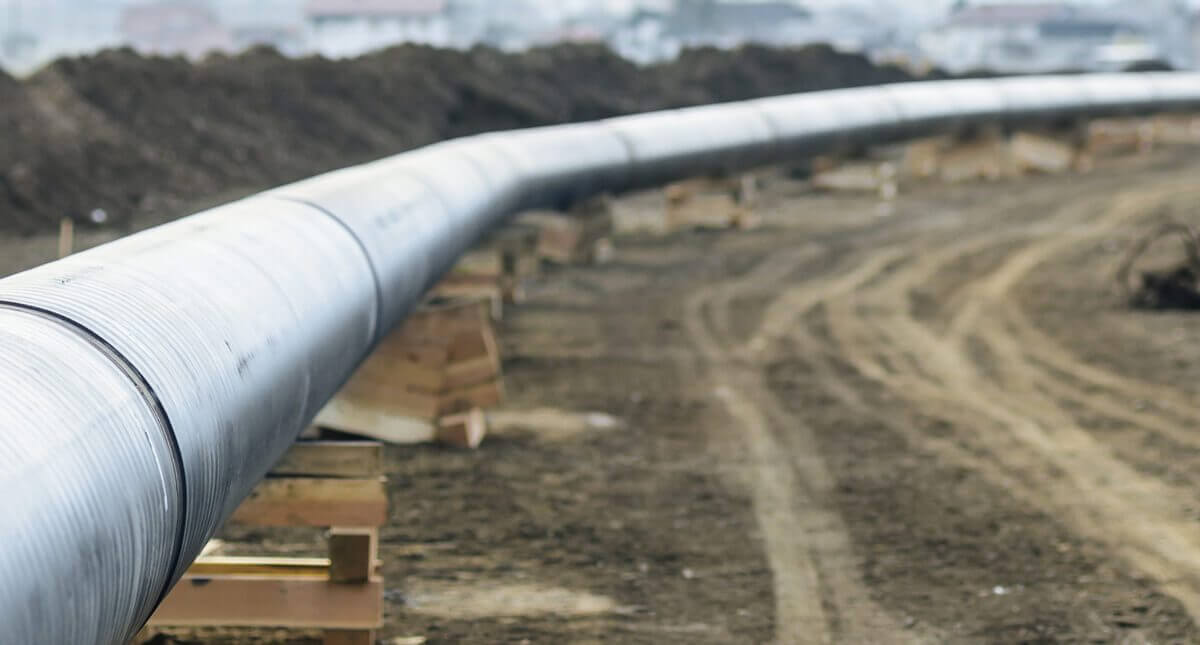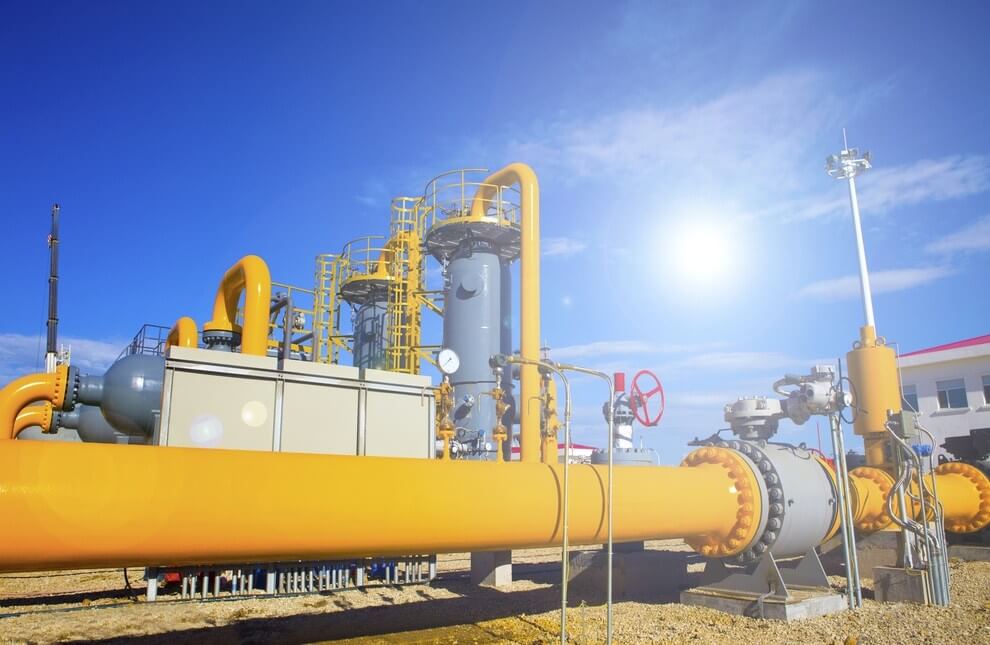Contents
There are many ways to detect leakages and other anomalies in pipeline inspection. The magnetic flux leakage testing method can help detect wall loss in steel pipes, pitting, and corrosion in a non-destructive way. MFL testing is cost-effective and accurate in-tank floors and pipelines inspection. The method applies magnetic field leaks that signify corrosion or other anomalies. MFL tools can detect leakage on the magnetic field so that analysts can help identify areas of damage and metal loss. They use ILI tools to clean and to gather intelligent information important for pipeline and tank floor maintenance. Using the MFL pipeline inspection method has many benefits such as;
- Fast inspection;
- High sensitivity to pitting;
- Applicable to all ferromagnetic materials;
- Make an inspection of finned tubes easy.
How Magnetic Flux Testing works
The first step is to magnetize the material under test that is usually the pipelines and tank floors. It will be easy to identify areas of corrosion or material loss through magnetic field leaks. One must use a powerful magnet for more accuracy of the results. Experts in pipeline inspection use various inspection tools. But they first create a magnetic circuit between the magnetic poles to create saturation. After saturation, leaks and flux will overflow to the sensors for measurement. For accurate measurements, experts use three sensors to make it possible to measure the MFL signal in terms of the circumferential, axial, and radial components.
Detection and sizing capabilities of MFL tools
Through transverse magnetic flux leakage testing technology, it is possible to detect ID corrosion and pitting. One can also use the technology to detect circumferential cracking and anomalies on tube sheets. The method has a low accuracy level in detecting axial cracking, but it ensures that the sizing accuracy is high.
MFL pipeline inspection is suitable for use in ferromagnetic and low ferromagnetic materials. It also applies to aluminum, integral, and all other finned tubes. However, it does not apply to non-ferromagnetic materials. For such inspection, there are alternative types of inspection technology.
Magnetic flux leakage signal analysis
Magnets, sensors, electronics, and batteries are the main components of the MFL tool. The tools can detect interruptions in the magnetic circuit that signifies anomalies on the surface. Experts in pipeline inspection collect and compile data from the MFL tools for further analysis. The data collection is very accurate since the tools take measurements every 2mm if the experts use high-resolution magnetic flux testing tools. That is important as it makes it easy to forecast future inspection needs. Programs relating to pipeline integrity regulations can help one choose appropriate intervals for inspection of various tank floor and pipeline segments.
Through inspection, signals relating to geometric deformity of the pipeline such as dents or a buckle also show up. Unclear signals through magnetic flux leakage testing technology depict cracks. Experts should analyze the signals first to give a comprehensive report. That way, corrosion growth rate estimation, and prevention strategies are put into place. It is also a requirement in the oil and gas industry for stakeholders to inspect and take preventive measures for a safer environment.
Pipeline companies’ main goal is to ensure that their product reaches the destination safely and on time. For them, integrity management is crucial in the day to day running of their business. In-line inspection tools are vital in determining corrosion points and other problematic areas in the pipeline and oil storage tanks. The modern MFL tools have a high resolution and give an in-depth analysis of the pipe wall status. Such devices help in reducing maintenance costs since they can perform tasks simultaneously and efficiently. Most pipeline operators will prefer such tools to save on cost.

